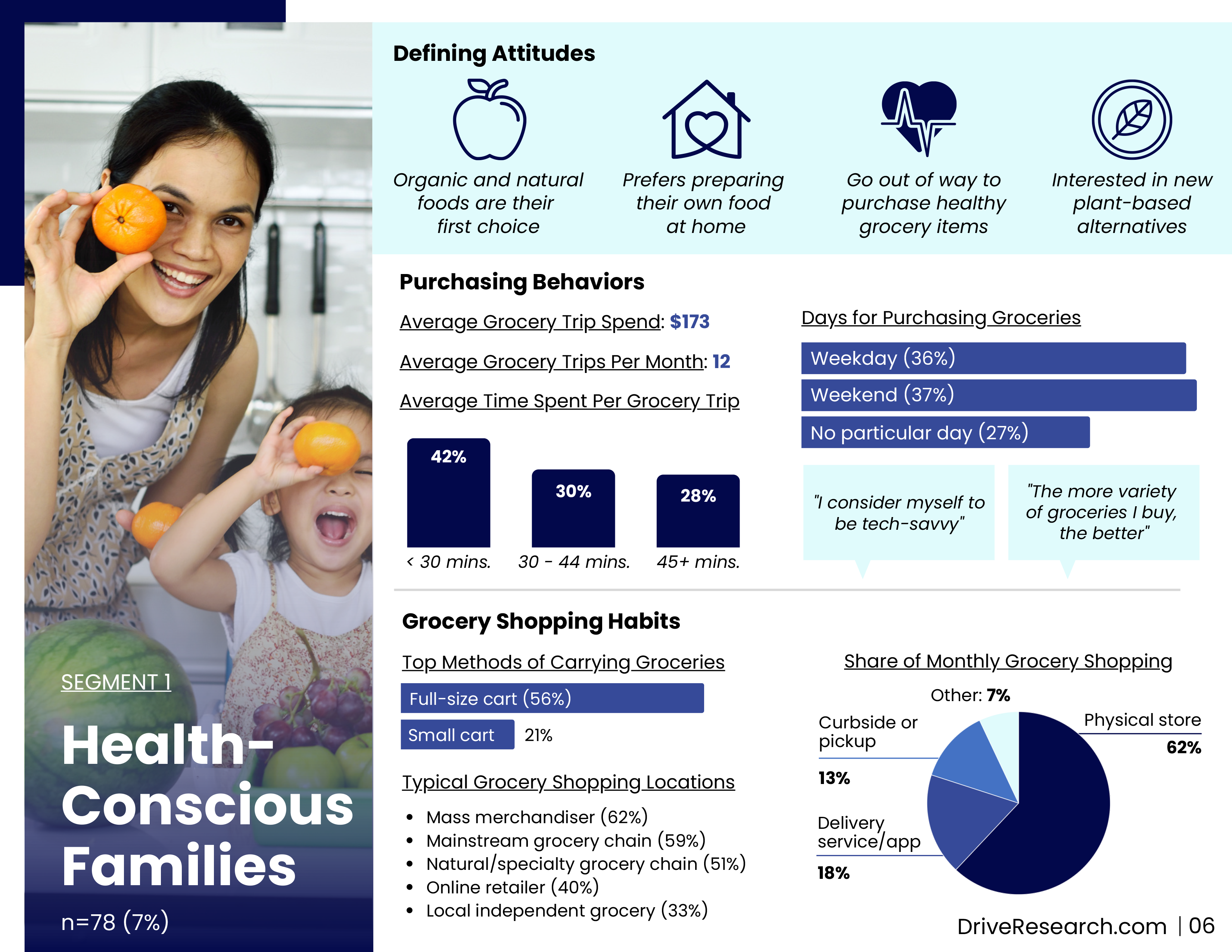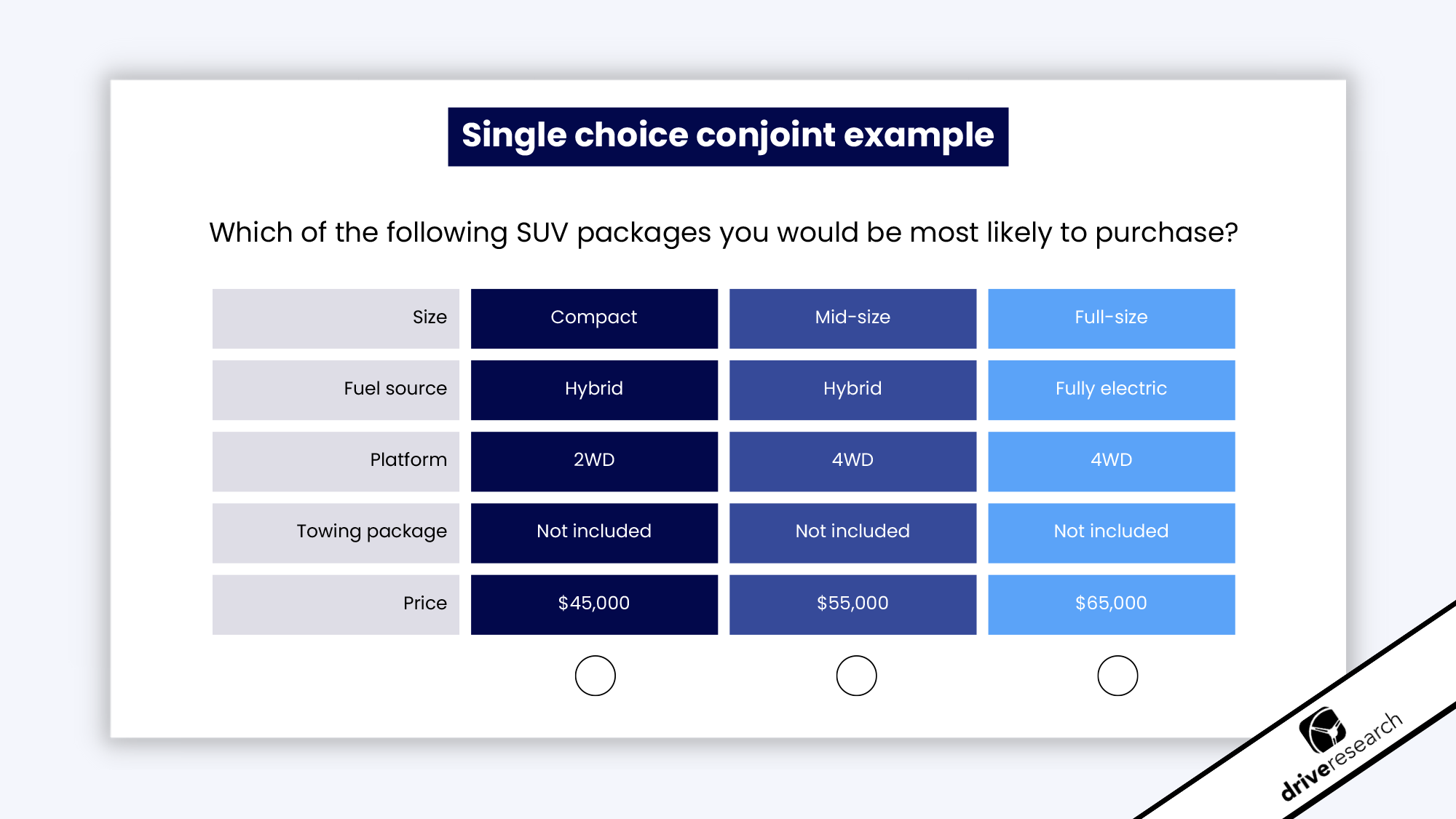
Nothing is more impactful in business than nailing the right price for your product or service.
Nailing an optimal price point for products and services allows you to scale profitability, increase market share, price yourselves competitively with your peers, and ensure the value-to-cost equation is on point.
In this blog post, our pricing research company delves into the realm of price optimization, exploring the key factors that influence pricing decisions and providing actionable insights on how to be confident that the price is right for your business.
What is Price Optimization?
First, let’s start with a loose definition.
Price optimization is the process of creating an optimal price point that is appropriate and competitive for your product or service, allowing your business to maximize potential revenue and profits.
When pricing your product or service, several factors must be considered, such as:
- Demand for your product or service
- Competitive price points
- How customers value it
- Internal costs to design or build it
Those all require deep data analysis, potential statistical modeling, and even some fancy algorithms to arrive at a price point.
However, nothing may be more valuable in that puzzle than conducting custom market research.
Whether it be an online pricing survey or interviews with key target buyers, market research can help you understand the demand, potential sales, competitive prices, drivers to choice, and consumer behaviors that go into that value equation.
How to Price Products and Services
There is a delicate balance of developing a price that creates enough demand but not too little demand, where it impacts potential revenue and profitability.
In many cases, there needs to be real-time analysis live in-market to adjust to any dynamic shifts in the market that could affect your price.
For example, if you launch your product and your 3 core competitors cut their prices by 20%, you will likely need to return to the drawing board to determine your next move.
That’s the fun strategy piece of price optimization. Many variables and how your competitors respond will be outside your control.
Here are some examples of how to price your product or service:
- Cost-Plus. First, you determine the break-even point of what it takes to design, manufacture, or provide the professional service hours required for your product or service. Then you simply add a markup to the cost (e.g., +10%, 20%, 50%, etc.)
- Competitive. Here, you run a complete competitive inventory of competitive catalogs of similar products and services and review those closely to create ranges, averages, etc. From there, you price your product or service using those insights.
- Value-Based. With this approach, you price your product or service based on the perceived value you think it is worth to the market. For example, if you provide a service that nearly guarantees your customer will save 40% on lean operations and manufacturing costs and price your service at 1% of that, is it considered a deal too good to be true? If you can guarantee 40%+ savings, would any client pay 10% or 20% of that, assuming they would double their investment in savings?
- Dynamic. This is a price-as-you-go strategy. Here, you have models that attempt to adjust the price based on demand, time of day, inventory, competitive offerings, time of the year, etc. Airline tickets are notorious for this pricing strategy. It’s also something baked into Amazon, so prices adjust on Black Friday or other times of the year.
- Markdown. This may be the most straightforward pricing strategy, involving products with determined shelf-lifes. Here, you gradually reduce the price until inventory runs out. Think of a company like Dell with old laptops in stock. They slowly reduce the cost of older models until they are gone.
- Bundle. This strategy is where you account for multiple products or service offerings as part of a discount (e.g., if you purchase this report, we will also include an infographic at no charge). Or if you are buying this product in the next 24 hours, we will ship it for free.
- Psychological. This is a part of the pricing strategy that can be included in the above examples. It attempts to make a price appear cheaper and more attractive (using minor tweaks). For example, this is why you see products listed at $9.99 instead of $10.00. Keep in mind with that strategy, if you can adjust the first number in order it will make the most impact. Changing a price from $20,000 to $19,999 (2 to 1) will have a much more significant psychological impact than adjusting a price from $24,000 to $23,999 (2 to 2).
Benefits of Price Optimization
Now that we have discussed different price optimization options, here are the critical benefits.
Increased Profitability
Revenue is one thing, but profitability is a whole different animal. The margin and profit you earn on a sale are more important than the sale price.
100 sales of a product with a 20% profit margin is better for your business than 200 sales of the same product with an 8% profit margin.
Profitability accounts for the sale price minus the costs to produce, distribute, and other operational fees.
Maximized Revenue
If you are not pricing your product or service correctly, you leave revenue on the table. Nailing the optimal price point will allow your business to maximize sales.
Improved Competitiveness
Pricing forces you to stay on top of market conditions and competitive offerings.
If you consistently review what competitors are doing, it will keep you in tune with the market and force you to be nimble.
Better Customer Satisfaction
Your customers are always considering the price vs. value equation consciously or subconsciously.
If customers feel they are getting more value from your product or service than what they paid, it will nearly always lead to upticks in net promoter score (NPS) and other customer satisfaction metrics.
Effective Inventory Management
This is critical if you have a seasonal business or an extensive catalog of products with shorter shelf lives.
Pricing strategies will allow you to prepare for seasonal demand and when to push sales to reduce inventory. It prevents overstock or stockouts.
Increased Sales Volume
This is important in high-volume product-based businesses. Knowing when to tinker with a price by a few cents or dollars can have huge implications on sales revenue and growth.
Promotion Effectiveness
Creating some history of how customers and sales have responded to offerings is crucial. A good pricing strategy can help understand the impact of discounts, bundling, or other sales tactics or promotions.
A firm grasp of these campaigns can give your business a wealth of predictive analytics to project sales and revenues.
Enhanced Brand Perception
Care about the perception of your brand?
Creating an optimal price point and one that provides value to customers buying your product or service will build a strong brand perception and reputation for your business in your market with long-term effects.
How to Optimize a Price with Market Research
As you have read this article, one consistent theme might emerge for you behind the scenes.
It’s the critical importance of conducting market research (both primary and secondary) to aid your pricing strategy.
Here are a few examples of how market research can be leveraged for pricing insights:
Understanding Customer Needs and Preferences
This is a broad overview of how market research can help.
Still, simple projects like surveys, focus groups, interviews, etc., can provide rich information on consumer behavior and value.
Exploring value and pricing through market research can be beneficial, but you need to take a more sophisticated approach if addressing pricing directly.
As a warning, your customers will view price in a focus group or survey as a negotiation opportunity. There are better ways to address this head-on.
Segmentation Analysis
A segmentation study is one of the most fruitful projects you can conduct on multiple levels.
A segmentation study considers demographics, lifestyles, behaviors, attitudes, purchasing power, etc. There may be better answers than one pricing strategy that fits all.
For example, here is a customer segment we created among grocery shoppers across the U.S.

With this type of information, businesses can create niche/targeting pricing strategies for different segments of clusters.
This study can get very advanced using MaxDiff, K-means, and cluster analysis with the right data science team.
Competitor Pricing Analysis
As we discussed earlier, the most common approach is creating competitive scorecards or an inventory.
Something as simple as using an Excel spreadsheet with your competitor names as columns and products as rows will give you much insight into the market landscape.
Mixing in some primary research, like mystery shopping, can help fill in a lot of gaps or acquire information not accessible through a website.
Price Sensitivity Studies
A pricing sensitivity survey focuses solely on pricing to analyze changes in perception and behavior for different price points.
In this study, you explore price through sophisticated market research techniques such as laddering, the Van Westendrop modeling, and other tactics like Conjoint.
Recommended Reading: Using a Conjoint Choice-Based Model to Determine Product Cost
Conjoint Analysis
This market research technique puts products or services into packages, combining features/benefits with price tags.
A conjoint survey or choice-based conjoint analysis will help your business find the most attractive price and feature set combination. It is worth its weight in gold.
Here is an example conjoint survey question for further context.

Value-Based Pricing
This study focuses on attributes, features, and benefits and less on price.
It helps rank order what qualities are most valuable to customers and creates tiers. It enables you to understand what customers value most, which can be incorporated into your pricing strategy.
Pilot Testing
As with any good strategy, start small and test.
Launch your product on a small scale or test market and react accordingly before progressing to a full-scale or national launch. Test markets can be very costly, so plan accordingly.
Customer Feedback and Reviews
Use your social media comments and reviews, Google reviews, and any product or service surveys after purchase to understand feedback and what levers impact the price value equation.
Use this feedback to improve and optimize your price.
Benchmarking and Industry Studies
Use secondary research online to understand market pricing and potential trends that impact pricing.
Keep your market research running regularly to create your benchmarks to understand and attempt to predict future conditions.
Example Case Study of Price Optimization
Here is an example of a technology company that conducted market research for price optimization.
The tech company is launching a new software product and is hoping market research can provide an optimal price point for their team.
Step 1. The company attempts to identify the right target market.
Through an online survey that includes some concept testing and segmentation, they determine that the audience most likely to purchase the product is a small or medium-sized business in a handful of different industries.
The common thread and theme is the ideal personas are looking for more efficient project management solutions.
Step 2. The company fully explores the competition, offering project management solutions as a next step.
The team dives into features, packages, customer reviews online, and price points. They create an inventory of all of this data to analyze.
Step 3. To dive deeper into the initial survey results, the company conducts in-depth interviews (IDIs).
The IDIs are held with potential customers to understand their needs, wants, preferences, and willingness to pay for the new solution.
They discover which features are currently underserved in the market and how their latest software product will address those.
Step 4. The company conducts a follow-up survey.
As a follow-up survey, the company dives into a conjoint approach, bundling several features and attributes that ranked highly with various price points.
This helps the company narrow down its product offerings into 3 tiers of plans with basic features (low price), mid-tier features (mid price), and high-tier features (higher price).
Step 5. Before a full-scale software product launch, the team explores some A/B tests.
To ensure the research is on point and before a full-scale roll-out, the company tests the solution among 20 critical customers.
Over the trial adoption over 3 months, the company decided to employ a dynamic pricing strategy on top of their implemented pricing packages.
This is driven by levels of usage of the software and how each company that purchased it has varying numbers of seats and licenses. This allows customers to scale the solution more affordably and quickly while not pricing themselves out of smaller companies.
Step 6. The company collects customer feedback.
Over the first year of launch, the company collected customer feedback through reviews and post-implementation follow-up surveys. This allows the design team to improve to drive the additional value of the technology continually.
Step 7. Each year, the company does market trend analysis.
Moving forward, the company conducts market trend analysis and updates its competitive inventory to monitor the pulse of the competition, including new entrants focusing on new gaps and price points.
It allows the company to evolve and address these threats head-on.
The company understands that pricing optimization is not a one-time effort. It's an iterative process that requires continuous monitoring and adjustment as market conditions and customer preferences evolve.
However, the company has quickly developed a strong reputation and is a market leader in project management. It is well set up for long-term success due to its pricing strategy's focus and continual evolution driven by market research, analytics, and data.
Final Thoughts
Optimizing a price that hits every potential variable is a critical part of business strategy, and if you miscalculate, nothing can sink a business faster.
Over the past 20 years in market research, we have rarely (if ever) run across a study with consumers or business professionals where price or cost was not at the top or near the top of factor(s) in choice.
When you are trying to sell something to someone if you lose the bid to a competitor, you’re probably thinking, “We charged too much.”
And, if you win the bid against 5 other competitors, in many cases, you might be thinking “We didn’t charge enough.”
Remember, price optimization is not a one-size-fits-all solution; it's an ongoing process that demands adaptability and a keen eye for trends. Embrace the insights gleaned from market research, stay attuned to the pulse of your market, and be willing to fine-tune your approach.
The confidence in knowing that your prices align with both customer expectations and your business goals is a powerful catalyst for sustainable growth.
Contact Our Price Optimization Research Company
Are you interested in leveraging market research for your pricing strategy? Our full-service market research firm can help you with every step of the process using surveys, focus groups, and interviews to provide you with deep insights to create optimal price points.
- Message us on our website
- Email us at [email protected]
- Call us at 888-725-DATA
- Text us at 315-303-2040

George Kuhn
George is the Owner & President of Drive Research. He has consulted for hundreds of regional, national, and global organizations over the past 15 years. He is a CX-certified VoC professional with a focus on innovation and new product management.
Learn more about George, here.

